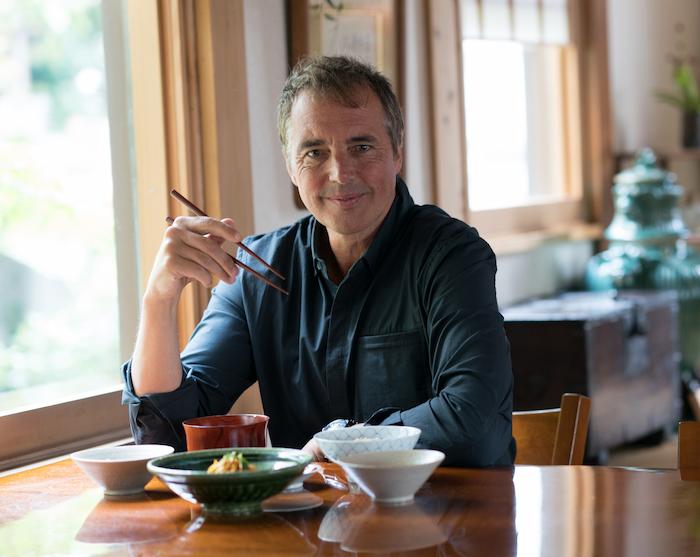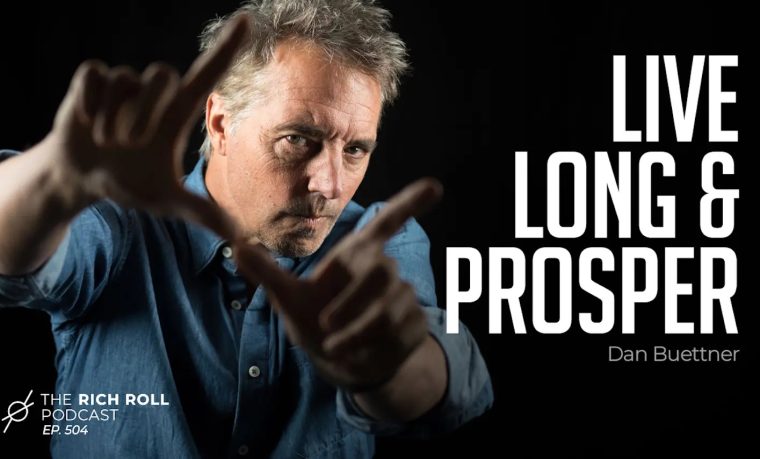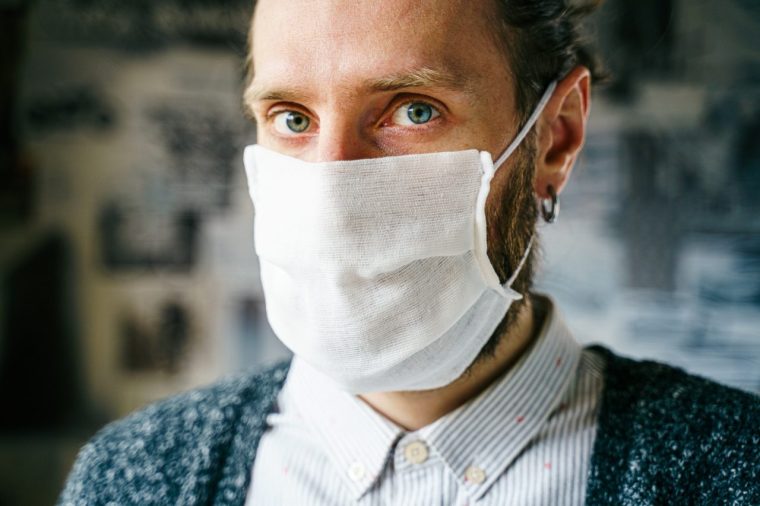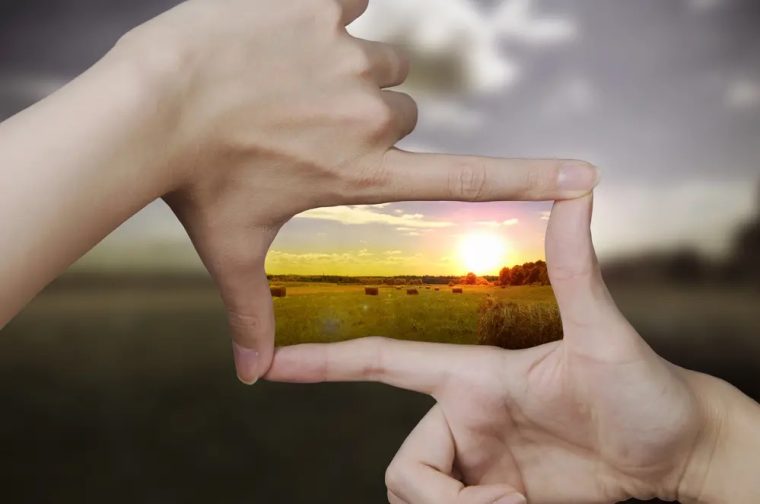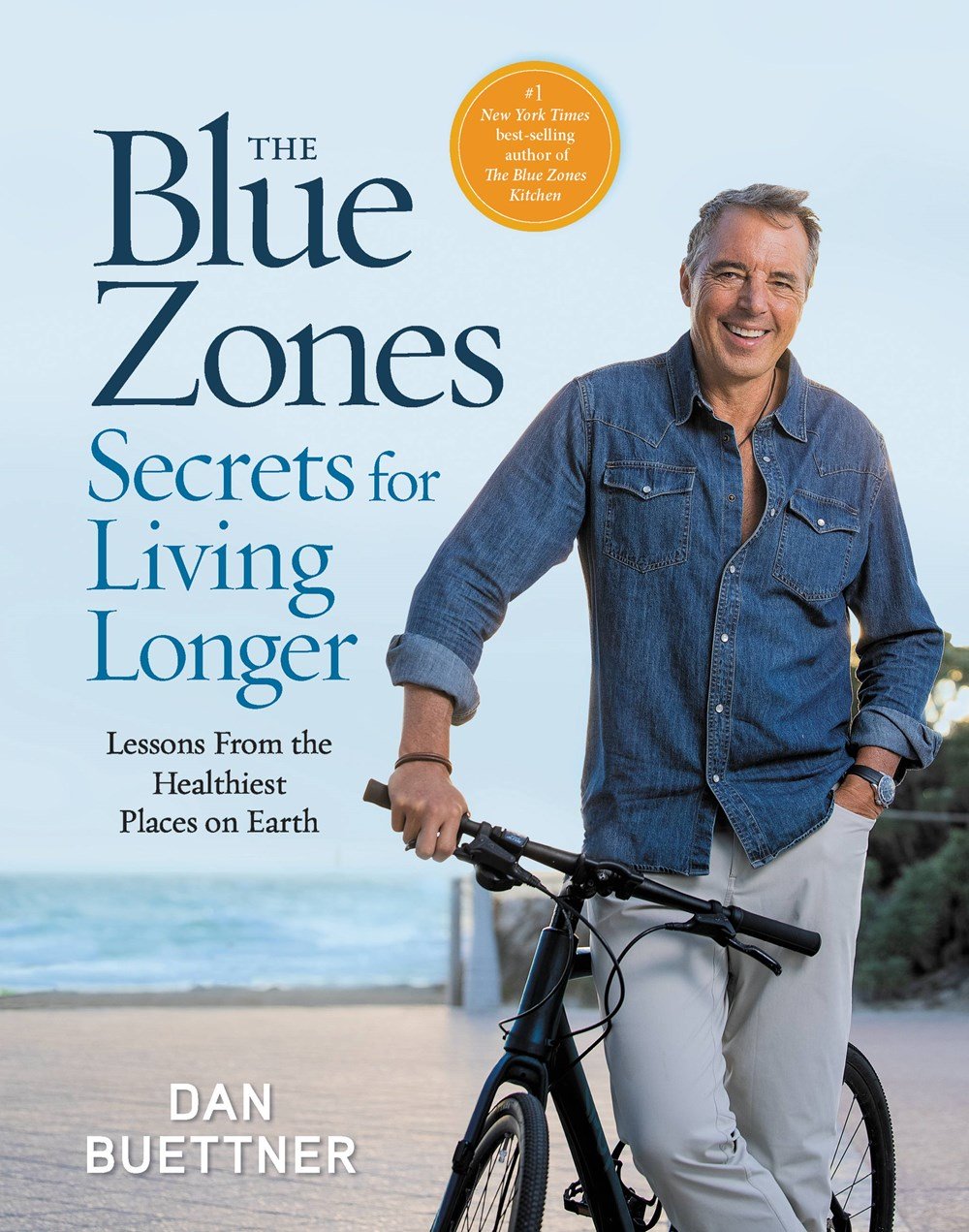What if I told you that you could add 10 good years to your life?
That’s not hyperbole. A huge meta-analysis followed hundreds of thousands of people for decades, and it found that switching to a blue zones-type diet (from a Standard American Diet) can add an average of 10 years of life for women, or 13 years for men.
That’s if you switch diets around age 20, but even if you switch at age 60, you can add six years to your life—and, again, those are averages (not limits)!
Over the past four years, National Geographic photographer David McLain and I have traveled across America to capture its lost diet of longevity. The Blue Zones American Kitchen—which releases today—is equal parts science reporting, stunning photography, and 100 recipes to live to 100 years old.
For this book, I exhumed more than 60 oral histories, scientific reports, and academic papers to reconstruct four traditional American diets from the early 20th century. The finished work offers a robust, data-driven representation of what Americans were really eating a century ago.
The scope of the work is ethnically and racially diverse—it precisely captures the diets of Mexican Americans, Asian Americans, and African Americans as well as Native Americans—and the data shows that all of these diets were remarkably similar in composition to the diets of the world’s longest-lived people.
In other words: adding a decade to your lifespan doesn’t require you to give up all “American food.” We just need to get away from the Standard American Diet and closer to the Forgotten American Diet… and with The Blue Zones American Kitchen now available, I hope it doesn’t have to be forgotten any longer.

The Blue Zones American Kitchen is available now! If you haven’t ordered your copy yet, you can do so from any retailer where books are sold. Each week, we’re celebrating some of the incredible chefs who have shared their brilliance with us in this lost American Diet of Longevity.

Sergine Mbaye, an award-winning Senegalese American Chef, got his start in Michelin-starred restaurants. After settling in New Orleans, he created a pop up called Dakar that connects the cuisines of New Orleans and Senegal. Sergine cites West African food as the grandparent of New Orleans cooking, since the city was a major slave port from the Senegal and Gambia regions.
He tells the story of his enslaved ancestors who were fattened up with black-eyed peas and palm oil by traders who needed them to reach a minimum weight of 125 pounds to put them on a ship. The food wasn’t meant for them to enjoy; if they didn’t eat it, they would be shot. But Sergine has chosen to reclaim this dish, and so he’s created his own (much tastier) version of “the last meal” which is now purely for enjoyment. He makes it taste and smell incredible with fresh vegetables, aromatics, and spices.
He shared his recipes for The Last Meal: Sweet Potato and Black-Eyed Pea Soup and Senegalese Fonio Grain Salad with Mango and Avocado with me in The Blue Zones American Kitchen.
You know what? The soup is so delicious, I’ll just go ahead and share the recipe with you here!

The Last Meal: Sweet Potato and Black-Eyed Pea Soup

Ingredients
1 cup black-eyed peas, soaked in water for 3 hours
¼ cup vegetable oil
1 large onion, diced
2 garlic cloves, minced
1 green pepper, diced
3 tomatoes, diced
½ teaspoon cayenne
Salt
1 tablespoon white wine vinegar
3 large sweet potatoes, peeled and diced
2 cups water
3 tablespoons palm oil (or coconut oil)
The Method
Drain and rinse the black-eyed peas.
Heat a stockpot or large saucepan over medium heat. Add the vegetable oil, onion, garlic, green pepper, tomatoes, cayenne, and a pinch of salt. Cook, stirring occasionally, until the onion is caramelized, about 10 minutes.
Add the vinegar to the pot to deglaze it.
Add the black-eyed peas, sweet potatoes, and water, and bring to a simmer. Cook until the black-eyed peas are very soft. Add the palm oil and more seasoning if needed. Remove from the heat and let cool for a few minutes.
Using an immersion blender, or in batches in a countertop blender, puree the soup until smooth. Serve hot.

Today, I want to correct a common misconception about sleep: specifically, what counts as “enough sleep” and why you should guard those eight-plus hours more valiantly.
Believe me: I do understand that you’re busy adults. I know that I’m talking about precious, valuable time here. But I’m persisting because the plain scientific truth is that you, your health, and your longevity start to suffer as soon as your nightly sleep gets shorter than 7 hours.
To state things even more bluntly: a lot of people who settle for six hours of sleep don’t realize how much they’re shooting themselves in the foot. Fortunately, I wouldn’t bother bringing this up unless I were confident that I could convince you of what I’m saying and put you on a path to feeling better.
So here goes…
Relatively few people would consider six hours an “ideal” night’s sleep. At the same time, I’ve gathered that a ton of people rationalize the six-hour night as a sort of harmless compromise—even when they don’t actually know that it’s harmless (and even when they have reason to suspect that it isn’t).
Ask yourself if this line of thinking seems familiar:
- I need more hours in the day, and one of the easiest ways to get them is to cut into my sleep time.
- But I can’t just NOT sleep. I still need to be a functioning human being tomorrow, and I don’t want to feel like crap.
- So I’ll split the difference! I’ll cut into my sleep time just a little bit—say, two hours—so that I get some extra waking time, but I also get enough sleep to not feel like a total zombie.
Hence, a sentence we’ve all heard (and maybe said) many times before: “Eight hours of sleep is ideal, but I can function with six.” ?
It’s an appealing way to think, and part of its appeal is the absence of an easy rebuttal; nothing I wrote in the three thoughts above is flagrantly or universally false. So in order to point out why this line of thinking is misguided—even according to its own standards and wishes—I’ll have to dig a little deeper, into what it assumes.
If “the full eight hours” is our golden standard, where you get 100% of the possible rest benefit, then people who rationalize six hours’ sleep probably feel (without necessarily thinking in numbers) that they’re getting 90% of that benefit. If that were true, they’d be able to argue that the “math” works in their favor; they’d lose 5-10% of the full benefit, but add 13% to their waking time in exchange.
The bottom-line problem here: that isn’t what actually happens.
For example, scientists have found that average well-being scores drop by 30% for people who sleep less than 7 hours per night (as opposed to 8+). That’s not just according to whatever external measurements scientists have taken. That’s according to the subjects’ own assessments of their experiences—how they said they felt.
I take this to mean that, when people bother to study their experience with more scientific rigor, they realize that sleep deprivation actually makes them feel considerably worse across the board, and even when they’re only cutting two hours of sleep from the golden eight.
With this in mind, let’s take a second look at the math:
- With six hours’ sleep, you’re actually losing 30% of the benefit (according to real data), not just 10% (a number I openly made up). The 30% figure makes more sense, considering that…
- When you cut two hours from eight hours of sleep, you’re reducing sleep time by 25%. Furthermore, you’re necessarily burning the candle at both ends—less sleep also means more hours awake—so cutting two hours’ sleep also winds up meaning that every hour of sleep is forced to support 50% more waking time (16 up + 8 down = 2:1, but 18 up + 6 down = 3:1).
- Meanwhile, those who sleep less than 7 hours per night have a much higher risk of obesity (you lose some control over hunger urges) and triple their chance of catching cold—which, of course, will only set them back further when it happens.
Regardless, it’s easier to see now that the tradeoff isn’t nearly as favorable as the “sixers” think. That’s a high price to pay for two more (watered-down) hours of waking time.
Still, even if I’ve convinced you that eight hours’ sleep is important, I don’t expect that I’ve conquered your feeling of wanting more time. I don’t think I ever could. It’s pretty normal for people to wish they had more time, especially if they’re enjoying their time.
The way I see it, our options boil down pretty neatly. There are only two ways we can get more time—extending our days or extending our lifespans—and science tells us that we can’t choose both.
So which should we choose?
I think it’s a no-brainer.
Getting your eight hours’ sleep might not be very “edgy,” and it might even mean that you occasionally miss out on things. But it also means you’ll be living your best life and you’ll be living that best life for longer than most people live at all. (It’s sadly appropriate that people who choose to live like zombies are shambling themselves closer to an early grave.)
Like anything else that contributes to longevity in the blue zones, their healthy sleep patterns aren’t a matter of ironclad discipline and willpower. They’re habits which are made easy, enjoyable, and even effortless by the ways in which the environment is constructed to support them. So, in closing, a few tips for constructing the ideal sleep environment:
- Turn the AC down to 69F, or even a bit lower. For most people, that’s the ideal sleeping temperature: cool enough to stay asleep, but not too cold.
- Eliminate as many light sources as you can. This means considering block-out shades or blinds, actually closing them at night, and (of course) turning off all lights, except perhaps a night light. But you should also consider getting rid of any big, bright digital alarm clocks… and potentially the TV, if you have one in your bedroom. (If nothing else, use the Sleep function so it turns off automatically and doesn’t keep flashing at you for hours on end. That really does disturb your quality of sleep.)
- Try to keep your phone away from the bed. I know that might sound like heresy to some of you, especially because a lot of people use their phones as their alarms nowadays. Just bear in mind: the more sleep you get and the more regularly you get it, the less you tend to need an alarm.
There’s one more piece of advice for creating an ideal sleep environment, but this last piece of advice applies more broadly to health and longevity. So I’ll share the whole piece of advice, even the parts that don’t apply to sleep!

This might seem folksy and Midwestern—because it is—but bear with me. This advice will save you a ton of aches in the long run, and it’s just six little words:
Invest between yourself and the ground.
What does that mean? ?
Well, for starters, it means that gravity is a cruel mistress. It keeps us planted here on Earth, but it also exerts a lot of strain on certain parts of our skeletons, like our backs and our feet… and the “cruel” part is that the body areas most strained by gravity are things we badly need in order to function in our everyday lives (as anyone who’s had back pain or foot pain can attest).
“Invest between yourself and the ground” is a catch-all reminder to mitigate the harmful effects of gravity where you’re able. More specifically, it’s a rule of thumb for purchases where you really shouldn’t skimp, lest you sacrifice their gravity-fighting and health-protecting potential.
Six examples:
Mattresses ? This is first on the list because it’s where you spend the most time; as many others have pointed out, sleep is roughly a third of your life. The quality of your mattress has a huge impact on your quality of sleep, to say the least… and now you have my fourth piece of sleep advice!
But to finish out the other examples of this bigger longevity-boosting advice…
Shoes ? Your feet are usually the only part of your body in direct contact with the ground, so most of gravity’s strain on your body gets routed through them whenever you’re standing. If you have well-fitted and supportive shoes, you’re in good shape—but if you don’t have good shoes, any gravity-related strain can start to affect your ankles, knees, hips, back, and even shoulders and neck.
Tires ? In a similar vein, your tires are the only part of your car that ever touch the ground, so they affect the safety and performance of your car more than any other part. I’m not here to give automotive advice, but as long as we’re talking about health and longevity, keeping your car under control does seem like a helpful idea!
Chairs ? This is particularly important for the chairs you sit in most often and for the longest periods of time—which, for most people, will be their desk chairs. You don’t have to get the most expensive model, but… spend the money on something supportive (or to switch to a standing desk!). You’ll thank yourself later.
Bras (Where Applicable) ? I can’t speak from personal experience, but I can understand how extra weight strapped permanently to your chest would strain your back over time.
Lastly, and speaking of weight strapped to your body…
Backpacks ? Especially if you travel and spend long periods carrying stuff, it makes a huge difference to get a backpack which is an appropriate size and fit, adjust the shoulder straps snug, and actually use any chest and hip straps to distribute weight more evenly across your torso.
This is, of course, if you have to carry anything on your back. Roller bags are better than they used to be.
